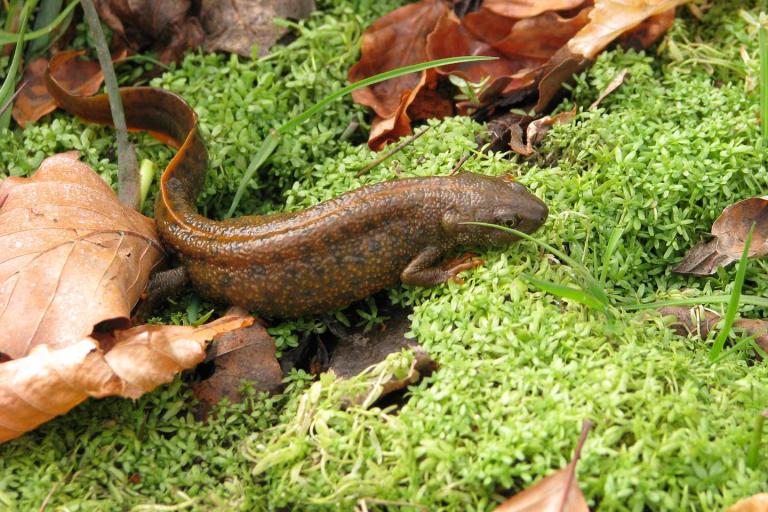A new approach to licensing
Natural England has introduced a new approach to how it issues European protected species licences when development affects such species. Moving towards a landscape approach to favourable conservation status for great crested newts (GCN). This change means that local planning authorities must identify the critical areas for newts.
Challenges in GCN mapping
Mapping GCN habitats presents unique challenges:
- transient ponds - ponds, crucial for GCN breeding, are often elusive due to their transient nature and small size
- underreported negative findings - unfortunately, negative GCN records are not consistently documented during surveys, despite their importance

Our findings
In South Oxfordshire and Vale of White Horse, we embarked on a pond-mapping initiative to identify GCN breeding sites. Here’s what we discovered:
- total ponds mapped - 2,956
- ponds surveyed for GCN - 118
- positive records - 51 ponds
- negative records - 67 ponds
This data serves as a baseline for understanding GCN distribution in the South and Vale regions and it facilitates targeted surveys to further improve that knowledge.
Additionally, we extended our pond mapping efforts to Cherwell, Wokingham, and more recently, Bracknell Forest.